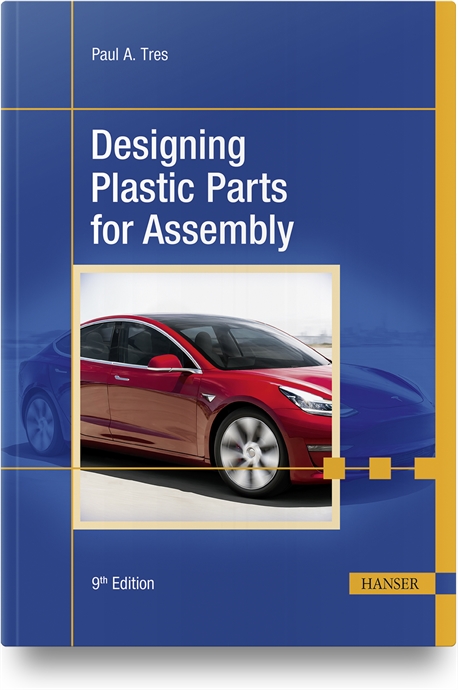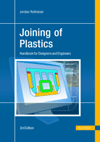
A few years ago, when a trucker ordered a new Kenworth or Peterbilt tractor from Paccar Inc., he had two options for the power plant: an engine made by Cummins or one made by Caterpillar. Today, there’s a third choice: a Paccar engine produced at a new assembly plant in Columbus, MS.
Paccar’s 12.9-liter MX diesel engine was introduced in 2006 by the company’s European division, DAF, to meet tough new emissions standards. The engine generates up to 485 hp and 1,750 ft-lbs. of torque. The block and cylinder head are made of high-strength compacted graphite iron. Selective catalytic reduction and exhaust gas recirculation help reduce the engine’s emissions. The engine is now installed in one-third of all Kenworth and Peterbilt trucks.
DAF had already assembled thousands of MX engines at its plant in Eindhoven, the Netherlands, when Paccar decided to build a second engine plant to supply the North and South American markets.
“We wanted to strengthen our global manufacturing capability...and we saw the market for the engine expanding in North and South America,” says Craig Brewster, vice president of Paccar.
The company decided to the build the plant in Columbus in May 2007. Construction began in February 2008, and engine assembly began in June 2010. The $400 million facility sits on 400 acres and spans 400,000 square feet.
The company evaluated some 30 possible locations in the United States, Canada and Mexico before finally selecting Columbus. “It has a great workforce and world-class educational institutions,” says Brewster, who played a key role in starting another Paccar plant, the Peterbilt factory in Denton, TX, back in 1980. “State and local community leaders were very proactive and presented us with an excellent [financial] package that focused on building a long-term relationship.”
The proximity of Mississippi State University was a major factor in locating the plant in Columbus, says Brewster. In fact, Paccar donated $2 million to the university’s Center for Advanced Vehicular Systems, and it endowed the university’s chair for mechanical engineering.
Logistics was another reason for locating in Columbus. “We receive castings and other engine components from around the world-Europe, South America, North America and Asia-so sophisticated planning systems and material delivery processes are an important part of our operation,” says Brewster.
The plant currently employs 103 people, but it could employ as much as 500 at full capacity. “When we began hiring, we had over 10,000 applications,” Brewster recalls.
After an initial screening, candidates went through a lengthy evaluation process to assess their multitasking ability, attention to detail, dexterity, computer skills and other traits. Those who made the cut received extensive training at a facility next door to the plant.
Paccar’s assembly process combines highly skilled technicians, advanced manufacturing equipment, and information systems. “We emphasize the use of robotics for quality-critical assembly operations...or areas where ergonomics or safety is a consideration,” says Brewster. “For example, cylinder head bolts are torqued to a very high level. To do that manually requires a lot of energy, so for quality and ergonomics considerations, we automated that.”
Like the engines it assembles, the plant was designed to be environmentally friendly. A landfill-free facility, the plant uses returnable containers to eliminate dunnage waste. Robots apply water-borne paint.
“We expect great things from the Columbus factory,” says Brewster.
Editor’s note: “Moving Forward” is a regular series profiling new or expanding assembly plants. If you know a facility that’s opening, growing or investing in new equipment, we’d like to hear about it. Send an e-mail to John Sprovieri, editor of ASSEMBLY, at sprovierij@bnpmedia.com, or call 847-405-4068.



